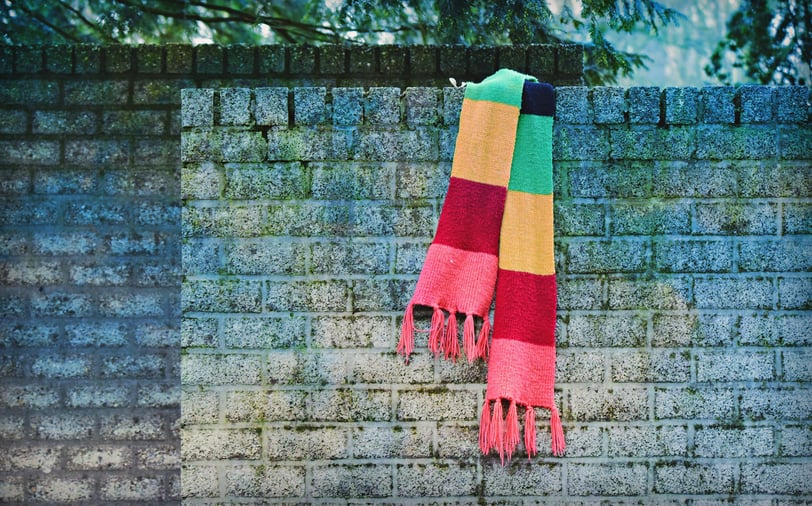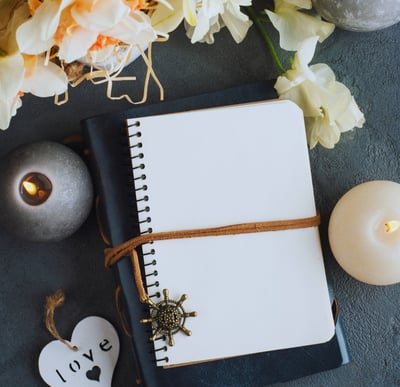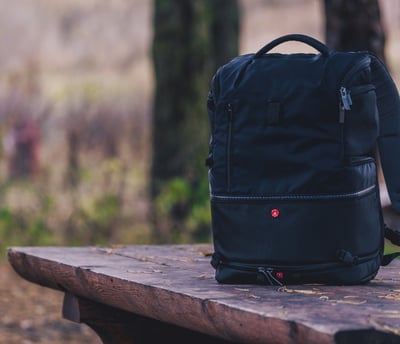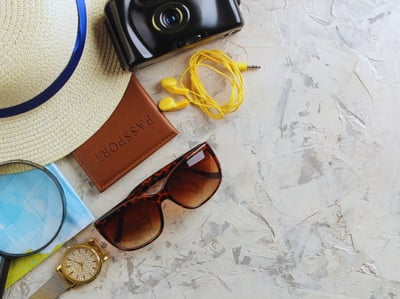Objects with a Soul: Travel Gear That Tells a Story


Some travel gear serves a function. Others carry a memory.
We often think of gear in terms of weight, dimensions, durability. But over time, certain objects shift in purpose. They become more than tools—they become companions. Scratched, faded, patched, and worn, these things hold the dust of roads walked, the scent of places remembered, the quiet imprint of time.
What follows is not just a list of objects; it’s an exploration of how the gear we carry becomes part of who we are as travelers.


1. A Soft, Worn Scarf
It started as a practical choice—something to keep the wind off your neck on an overnight bus or folded into a pillow against the windowpane. You may have bought it in a rush, at an airport or night market, not realizing it would follow you for years. But soon it became part of the way you moved through the world, softening the chill in unfamiliar places.
Photographs show it wrapped around your shoulders in Rome, tossed over your bag in Istanbul, draped across the edge of your bed in a sunlit room in Mexico City. It carries the scent of morning mist, incense smoke, and the faint trace of jasmine from that guesthouse in Chiang Mai. Like a trusted friend, it holds quiet stories woven into its threads. It’s not the most stylish, not the warmest—but it knows where you’ve been.
2. A Notebook with Weathered Corners
The first page is clean. The next few are full of enthusiasm—plans, sketches, quotes overheard in a train station. Then, slowly, the writing becomes more spontaneous, messier, more real. Fragments scribbled in dim light. A phone number you never dialed. A menu translated badly but beautifully.
Over time, the notebook becomes less of a journal and more of a terrain. Pages are folded, stained with coffee, torn at the edges. You find a leaf pressed between two pages, a boarding pass, a receipt with a note in another language. Every stain, fold, and scribble becomes a map of moments that shaped your journey. You realize it no longer needs to be finished. It just needs to be carried.


3. A Camera That Clicks with a Memory
It’s not new. It doesn’t sync to your phone. It has no filters. But it clicks in your hand with a familiar weight, like the hand of someone who knows you well. You’ve learned to frame slowly, to wait for light, to capture not what you see but what you feel.
It might take film, or maybe it’s digital but outdated. You’ve been told to upgrade, but somehow this camera is part of your rhythm. The dust in the viewfinder. The shutter that sometimes sticks. It doesn’t promise perfection. Instead, it captures honesty, with every grain and blur holding an imperfect truth.
4. A Bag That Carries More Than Weight
At first, it was just the right size. Then it began to learn your habits. Where you hide your passport. Which zipper holds your charger. How to curve into your back as you run for the train. Over time, the bag becomes less a container and more a quiet witness.
There’s a stain from wine in Florence. A scratch from stone in Petra. A broken buckle you fixed in a guesthouse lobby using string from your shoe. You could replace it, sure. But it’s the only thing that’s been to every place with you, and somehow, it holds not just your things—but your travel self. Every mark it carries is a chapter in the ongoing story of your wanderlust.


5. Shoes That Remember
They weren’t meant to last this long. But they did. And now they creak when you walk, a sound you recognize as clearly as your own breath. The soles are thin. The stitching frays. But these shoes have touched the streets of Tokyo, the alleys of Fez, the grass beside a cliff in Ireland where you sat for hours watching nothing in particular.
You’ve walked in them in joy and fatigue. Danced with them in candlelit festivals. Removed them before stepping into temples. They’re marked by every threshold you’ve crossed. And as they carry the weight of your steps, they also carry the weight of your stories.
6. A Pen That Refuses to Die
It came from a small shop in Lisbon, or maybe from someone who handed it to you with a smile you didn’t quite understand. The cap is loose, the ink unreliable, but somehow it always works when it needs to. It lives not in a case, but in the corner of your bag, between tangled headphones and half-torn maps.
You’ve used it to fill customs forms in shaky handwriting, to write poems on napkins, to leave notes in guestbooks. A pen, after all, is not just an object but a conduit—marking moments too fleeting for memory alone.


7. A Tiny Object You Can’t Explain
You don’t remember picking it up. A pebble from the banks of the Seine. A brass coin from a market in Jaipur. A wooden bead found in the pocket of a coat you borrowed in Prague. It’s small, weightless. But every time you find it, tucked between socks or at the bottom of a pouch, it makes you pause.
Maybe it has no meaning. Or maybe it holds the shape of a day you didn’t write down, a conversation you barely remember, a version of yourself you met only once. Sometimes, the smallest things carry the heaviest silences. It doesn’t tell a story—it keeps one quiet. And that, too, is a kind of keeping.
Tips for Choosing Gear That Lasts Beyond Function
Choose objects you don’t mind aging. Travel will mark them, and that’s part of the point.
Look for materials that change beautifully—leather, canvas, wood, paper.
Buy fewer, better things. One pen you love is better than five you forget.
Let things gather stories. Don’t hide wear and tear. Let them be reminders.
Give yourself permission to replace—but also to keep. Sentimentality is as valid a reason as function to hold onto something.
Not all stories are told in words. Some are stitched, scuffed, or sealed in zippers.
Conclusion: What You Carry Carries You
In the end, it’s not always about the lightest or the smartest gear. It’s about the things that stay in your life, long after you’ve left a place. They become the invisible spine of your travels—constant, quiet, present.
You might not notice it at first. But one day, when you open a bag or unfold a scarf, you’ll realize the true weight of the stories they carry—and how they quietly carried you, too.
✉️ Contact:
Curated by TrueTrip Hub |
© 2025 Invisible Atlas — All rights reserved.
Invisible Atlas
Journey Beyond the Visible
invisible.atlas@truetriphub.com
